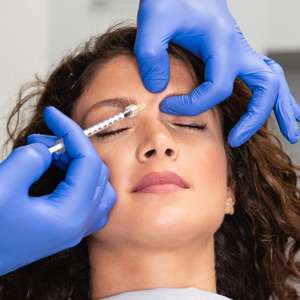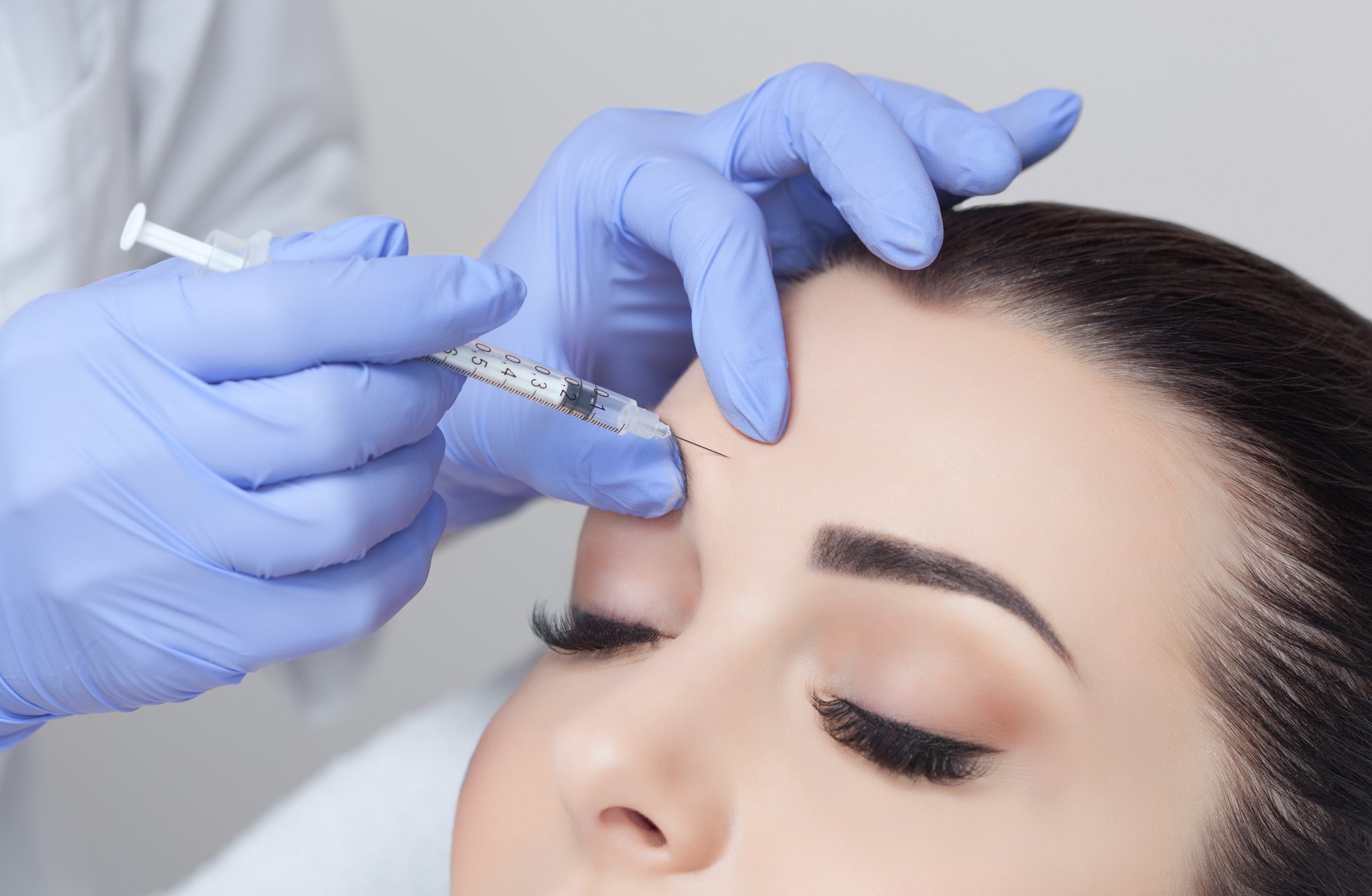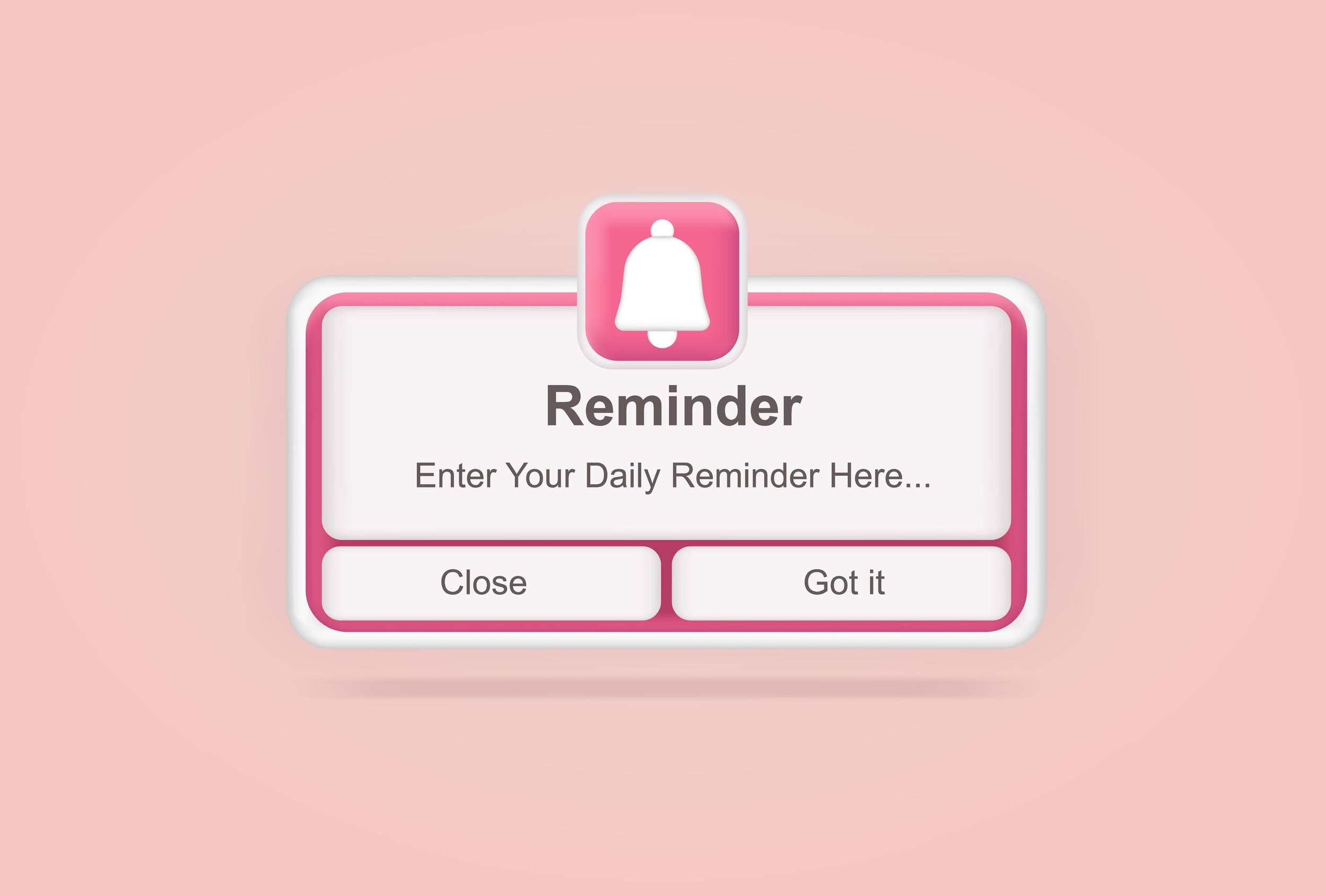Getting Botox for the first time: 8 things you need to know

Some years ago, Botox treatment was a hush-hush experience, your mother’s little anti-aging secret. These days, Gen Z and millennials speak of Botox as necessary self-care—no stigma, no shame. Botox remains one of the most effective options for reducing wrinkles and fine lines. For younger people, it can be a preventive treatment, temporarily relaxing muscles so those wrinkles and lines don’t appear in the first place.
No matter your age, if you’re getting Botox for the first time, you’re likely wondering what to expect. Dr. Malecki at Platinum Medical Spa is an expert Botox injector. In fact, he’s the Medical Director for Allergan Aesthetics, the maker of Botox. When he’s not at his practice, he’s traveling the country training physicians and injectors. Here are 8 things he wants you to know before your Botox treatment.
1. Arrive with a clean face.
Your injector will clean your face before treatment, but it’s a good idea to wash your face at home before you come, removing any make-up and skincare products. This helps to prevent any bacterial contamination and can reduce side effects.

2. Most people feel very little pain and have few side effects.
Botox is injected with micro-needles. Most people describe the feeling as “a little pinch.” You may have some redness at the injection sites. You may have little bumps and dots of blood that look like mosquito bites. These go away in a half-hour or so. Some people experience bruising or swelling. These reactions are generally temporary and resolve within hours or a few days.

3. There will be numerous injections.
Botox treatment involves several small injections in specific areas, targeting certain facial muscles. For example, treatment of crow’s feet lines around the eyes involves at least three injections for each side. It’s common for people to treat their horizonal forehead lines, vertical lines between their brows, and crow’s feet at the same time, which involves several small injections.

4. The number of units varies.
Each person’s facial movements are different, which is why an expert injector, like Dr. Malecki, does a thorough assessment to see how the face appears at rest and in motion. Some people may have very strong muscles in their forehead, for example, requiring more units of Botox for optimal relaxation. Generally, men require more units because of the thickness of their skin and muscle tissue.

5. Results are not immediate.
With Botox, results are commonly visible within a few days after your appointment. Optimal results appear within two weeks. Given this timeframe, it’s important to schedule your appointment well in advance of a special occasion.

6. Avoid a few things after your treatment.
After your treatment, avoid massaging or aggressively rubbing your face. Also, avoid lying down for a few hours. Remaining upright allows the treatment to settle properly in your facial muscles. It’s best to avoid strenuous exercise for 24 hours after your treatment. Again, this allows the treatment to settle into your muscles without interruption from vigorous activity.
Curious what filler could do for you? Contact us to schedule a free consultation.
7. It’s a good idea to schedule a follow-up appointment.
Come back two weeks after your initial treatment so your injector can assess the results. Sometimes, the muscles on one side of the face are stronger than on the other and your injector will see that you need a few more units to help balance the results. You can also discuss if you’re happy with the reduction in lines and wrinkles. Some people desire less facial movement (more Botox), while others want to preserve more facial movement (even if that means some lines are still visible during expressions).

8. Set a calendar reminder for your next appointment.
For most people, results with Botox last three to five months, depending on how many units are injected, the person’s metabolism, and other factors. Many people like to set reminders for themselves around the three-month mark to assess their face and see if it’s time for another treatment. Once you know how long your results typically last, you can book multiple appointments in advance—three or four appointments per year, for example.

Interested in Botox treatment? Contact us to schedule a free consultation
